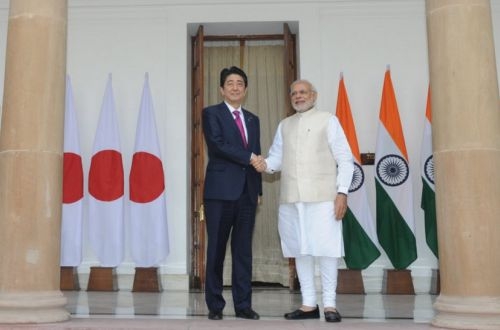Japan will finance 80% of the Rs 988bn ($US 18.6bn) Mumbai - Ahmedabad high-speed line through a 50-year Yen loan with a moratorium of 15 years on repayment at an interest rate of 0.1. The "tied loan" comes with a precondition that at least 30% of rolling stock will be purchased from Japanese suppliers.
In its feasibility report submitted last July, Japan International Cooperation Agency (JICA) had a seven-year construction term (2017-23) for the 505km corridor, which will slash journey times between the two cities from seven-and-a-half hours to just two hours.
Fares will be around one-and-a-half times higher than the AC-I fare of the Indian Railways' existing premier Rajdhani services.
The line will serve 12 stations with a maximum two-minute stop at Surat, Vadodara and Ahmedabad.
The standard gauge line will be designed for 350km/h operation and will include 318km of embankment, 162km of viaduct, and 11 tunnels with a total length of 27km, including a 2.16km undersea tunnel between Mumbai and Thane Creek.
The JICA report indicates that the design and bidding process will be completed by 2017, while equipment procurement will be finalised between 2018 and 2023. Testing, commissioning, and inauguration are slated for 2024.
The total capital cost has been estimated at Rs 700bn with a price escalation of Rs 172bn during construction, while the interest component has been assessed at Rs 115.7bn.
The high speed line is considered Modi's pet project. The Modi government assumed power last May with ambitious plans to build a "Golden Quadrilateral" high-speed network. Contracts were awarded in September for feasibility studies on the Delhi - Mumbai, Delhi - Kolkata, and Mumbai - Kolkata corridors, and these are due to be finalised by October 2016.
Railways Minister Mr Suresh Prabhu is likely to announce specific details on the implementation plans for the Mumbai - Ahmedabad line as part of the Railways Budget in February.

